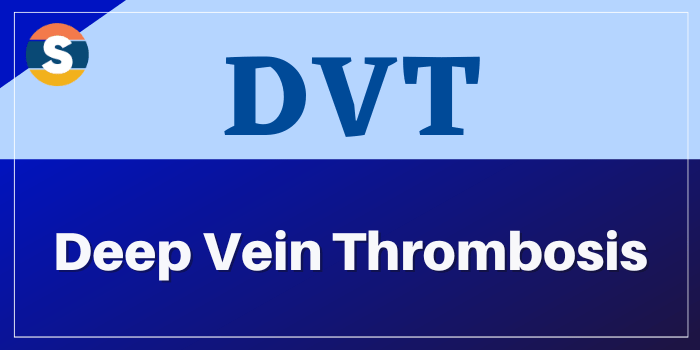
The Full form of DVT is Deep Vein Thrombosis. DVT occurs when thrombus (a blood clot) forms in one or more of the deep veins in your body, usually in your legs. Deep Vein Thrombosis can cause swelling or leg pain, but also can occur with no symptoms. DVT can develop if you have certain medical conditions that affect how your blood clots. It can also happen when you’re confined to bed, or if you don’t move for a long time, such as after surgery or an accident. DVT signs and symptoms can include: swelling in the affected leg (rarely, there’s swelling in both legs), pain in leg (the pain often starts in calf and one can feel like cramping or soreness), red or discolored skin on the leg or a feeling of warmth in the affected leg. Deep Vein Thrombosis can also occur without noticeable symptoms. The blood clots of DVT can be caused by anything that prevents your blood from clotting or circulating normally, such as surgery, injury to a vein, certain medications and limited movement. Measures to prevent DVT include lifestyle changes (Lose weight and quit smoking) and exercise, (regular exercise lowers the risk of blood clots, which is especially important for people who travel frequently or sit a lot).